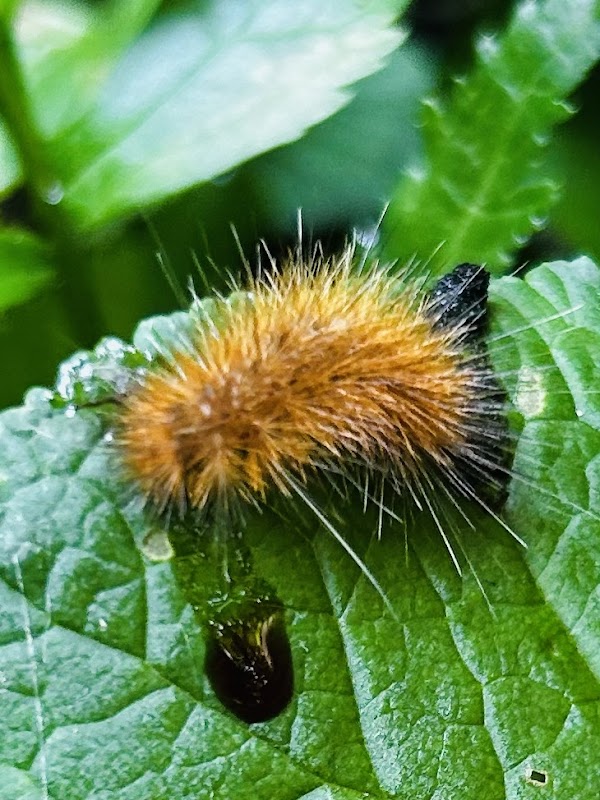
Caesar Creek Trail Marathon: A Grounded Adventure Through Ohio’s Wilderness
Experience the Caesar Creek Trail Marathon—a 26.2-mile test of endurance through Ohio’s diverse forest and creek landscapes. Whether you’re running or hiking, this course offers rugged terrain, steady elevation, and refreshing scenery that rewards preparation and respect for the wild.
Start Early to Beat Heat
Begin your marathon or hike in the early morning hours to avoid midday temperatures and gain the benefit of cooler air and softer trail conditions.
Wear Trail-Ready Footwear
Choose shoes with good traction and ankle support to handle uneven, sometimes muddy or rocky terrain safely and comfortably.
Hydrate and Carry Water
There are limited water stops on the trail. Pack enough water and consider a filtration system if you plan to refill from natural sources.
Check Weather Beforeheading Out
Rain can turn the trails slippery and challenging. Dress in layers and bring rain gear when forecast calls for showers or variable conditions.
Caesar Creek Trail Marathon: A Grounded Adventure Through Ohio’s Wilderness
Stretching over 26.2 miles of winding forest paths and creek-side terrain, the Caesar Creek Trail Marathon in Wilmington, Ohio, invites both marathon runners and trail enthusiasts to step into a landscape that demands respect and rewards persistence. Unlike urban races, this marathon is a dialogue with nature—where every footfall meets the surge of nearby Caesar Creek, daring you forward with its restless currents. The trail rolls through rolling hills, crested ridges, and tight wooded sections, offering roughly 1,500 feet of elevation gain. The terrain mixes packed dirt, occasional rocky patches, and roots that reach like ancient hands from the earth, asking for steady footing and vigilance.
Starting near Caesar Creek State Park, the course runs largely on multi-use trails that trace the edges of freshwater wetlands and open meadows, punctuated by glimpses across the water where migrating birds wheel overhead. The forest canopy breathes with the wind, at times a quiet companion and other times stirring as it rustles dead leaves or breaks with a snap. This marathon is more than endurance; it’s an engagement with a landscape fiercely itself.
Plan your run or hike for spring through fall to avoid the winter’s bite that hardens trails and chills deeply. Hydration is critical—natural water sources are present but should be treated or filtered. Trail shoes with solid tread and ankle support will serve you better than road runners, particularly when the course dips into soggy areas or ascends sharply. An early start is your ally for avoiding the midday heat and capturing the trail in soft morning light, especially during summer.
For the casual adventure-seeker, pacing with intention over the course’s ups and downs keeps the challenge sustainable; for more seasoned athletes, it offers a tough but gratifying test of endurance and trail savvy. Rest stops are sparse—carry your own essentials. Each mile reveals new textures: from bright green ferns edging the path to the cool shadow of sycamores and oaks standing guard.
In all, the Caesar Creek Trail Marathon is a practical choice for anyone seeking a countryside marathon that balances natural beauty with a clear path to preparation and success. It’s a reminder that the land is never just a backdrop but a participant, inviting you to move with the rhythms of the place. Respect the trail, prepare thoughtfully, and it will offer you a genuine adventure that lingers beyond the finish line.
Nearby Trips
All Adventures
Boat Charters
Water Activities
Adventures near Wilmington, Ohio
Discover the unique and memorable adventures that make Wilmington, Ohio special.
Frequently Asked Questions
Is the Caesar Creek Trail Marathon suitable for first-time marathon runners?
While the course is challenging due to its uneven terrain and elevation changes, first-timers with some trail experience and solid training can complete it. Adequate preparation and pacing are crucial.
Are there aid stations or rest stops along the marathon route?
Aid stations are minimal and spaced far apart. Participants should carry their own water and nutrition to stay properly fueled and hydrated throughout the event.
Can I hike the Caesar Creek Trail if I’m not running the marathon?
Absolutely. The trail is open for hikers outside race days. You can choose sections or complete the loop, but be prepared for rugged conditions and bring necessary supplies.
What wildlife might I see during the marathon?
Common sightings include white-tailed deer, red foxes, various songbirds, and waterfowl near the creek. Early mornings increase chances of animal encounters.
Is the trail well-marked for navigation?
The route for the marathon is marked during the event, but outside race days, signage can be limited. Having a detailed map or GPS app helps avoid losing the path.
Does the marathon course have any particularly difficult sections?
The trail includes several steep ascents and descents that test leg strength and balance. Rocky or root-covered areas require careful footing, especially in wet conditions.
Recommended Gear
Trail Running Shoes
Provides grip and stability on uneven or muddy terrain to prevent slips and support ankles.
Hydration Pack or Bottles
Critical to maintain hydration across the marathon’s length where water refills are scarce.
Lightweight Rain Jacket
Protects against sudden spring or summer rain showers without overheating.
Layered Clothing
Allows adjustment for fluctuating temperatures especially in cooler seasons.
Local Insights
Hidden Gems
- "The small overlook near the park headquarters offers a rarely crowded view of Caesar Creek’s broad wetland basin."
- "A quiet stretch along the southern portion of the trail where the forest canopy tightens, creating a tunnel of foliage."
Wildlife
- "Look for river otters in the creek during quieter parts of the day."
- "Seasonal bird migrations bring warblers and raptors in spring and fall."
History
"The area around Caesar Creek has historical significance tied to early Native American settlements and later 19th-century mill industries that utilized the creek’s flow."
